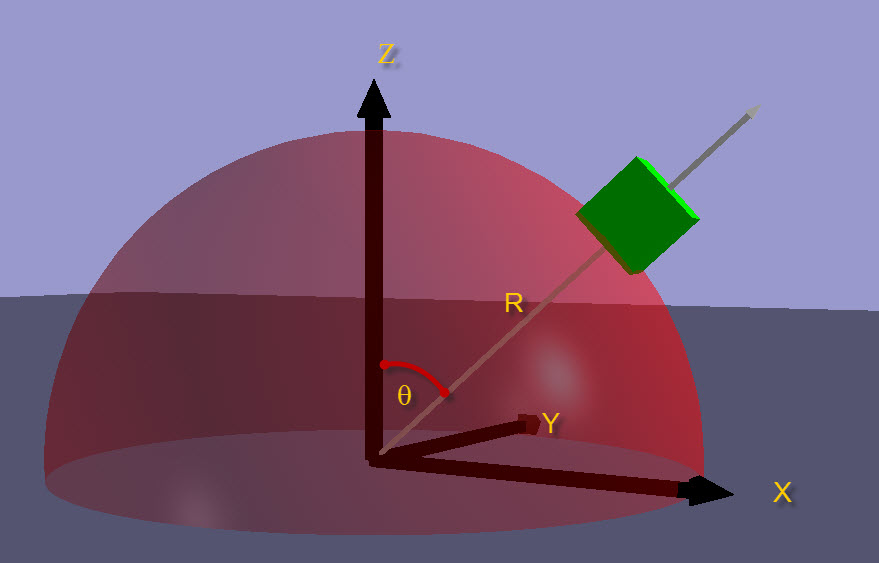The King's University Physics 241
Major Assignment #4
- In class I often use a rotating bicycle wheel to illustrate rotational effects. The wheel has a mass of 1 kg and radius of 0.38 m. If the wheel is rotating at 40 rpm how much torque does my hand apply to stop the wheel in 0.1 s?
- How hot will my hand get in question #1? You will need to make some "judicious" assumptions here. Be sure to state your assumptions and conservation laws being used. Discuss whether or not your answer seems reasonable.
- Please complete C14R.1 from your text
- You are designing a parachute capable of providing a "soft landing" (v < 3 m/s) for a care package of mass 500 kg that is to be dropped in a remote area. Estimate the diameter of the parachute and discuss how you would decide on the number of support lines that you would need to attach the payload to the chute. Be sure to construct a FBD for this and justify your assumptions.(Hint: see our in-class discussion on the Tesla-S)
- Two children - each of mass 40 kg want to ride on a merry-go-round of mass 100 kg and radius 2 m. The children push the merry-go-round from opposite sides until it spins at a rate of 0.2 rev/s, at which point they jump on. How fast are the children running just as they jump on? If the children next move to the centre of the merry-go-round so that they are each 0.3 m from the centre how does the motion of the merry-go-round change? Give a quantitative answer please.
General Questions(10 marks)
|
 |
|
 |
Date Due:Wednesday, November 22, 2017